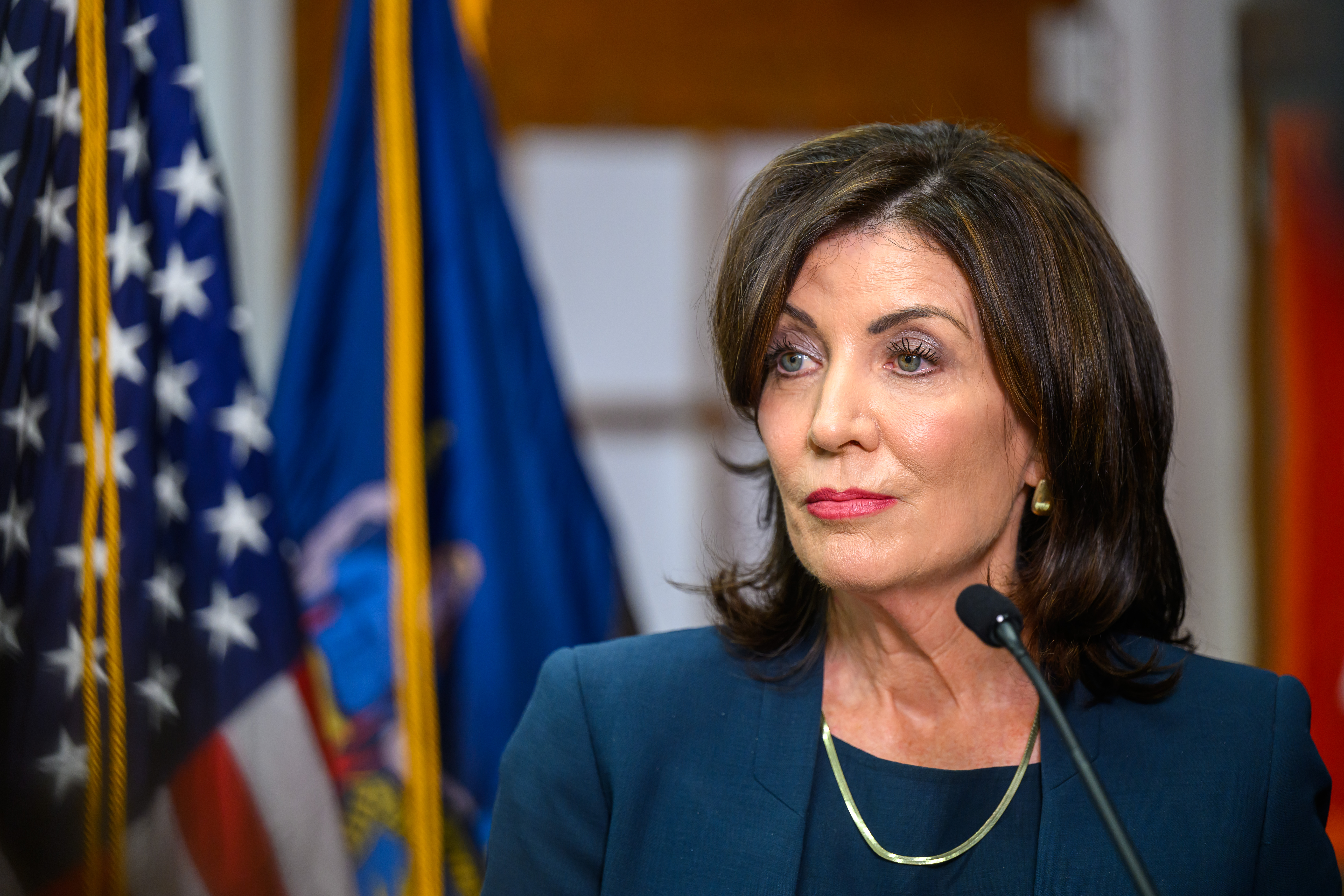Private insurers may be reluctant to since Americans typically change insurers every few years. An insurer who covers the enormous cost of the therapy won’t necessarily gain savings later when patients no longer need other treatment options: pain medication, blood transfusions and bone marrow transplants.
At the same time, the long-term safety profile of the gene-editing therapy, Casgevy, is unknown.
What’s Casgevy?
It’s a one-time gene therapy that modifies the stem cells of patients with severe sickle cell disease using CRISPR, a Nobel Prize-winning technology created 11 years ago.
Regulators approved the therapy in the U.K. in November, and its U.S. approval opens the door for the novel technology to be used in the treatment of other rare genetic diseases and serious chronic conditions, including Type 1 diabetes and HIV.
“These approvals represent an important medical advance with the use of innovative cell-based gene therapies to target potentially devastating diseases and improve public health,” said Dr. Peter Marks, director of the FDA’s Center for Biologics Evaluation and Research.
Who will have access to the new treatment?
The arduous treatment protocol, indication and price tag raise questions about its accessibility to a patient population that pharmaceutical companies and the health care sector in general have long neglected.
“Housing, food, transportation, childcare — these are all things patients have struggled with,” said Dr. Sharl Azar, medical director of the Comprehensive Sickle Cell Disease Treatment Center at Massachusetts General Hospital. “This new therapy will bring those social determinants of health to light.”
The makers of Casgevy, Vertex Pharmaceuticals of Boston and CRISPR Therapeutics of Switzerland, are hopeful the therapy is one and done, but they’ll have to study recipients for decades to know for sure.
Casgevy — plus a cell-based gene therapy made by Bluebird Bio called Lyfgenia that also was approved Friday — is intended for patients 12 and older with histories of disease-related pain crises that can damage organs. That’s estimated to be about 10 to 20 percent of the approximately 100,000 people in the U.S. with the disease.
Health care providers will have to assess which patients have severe-enough cases to qualify.
“We don’t even know how to begin thinking about prioritizing who gets gene therapy versus who gets [bone marrow transplants] versus medications,” Azar said.
How does gene-editing therapy work?
Patients will have stem cells drawn from their own bodies for the gene-editing process. They will undergo chemotherapy to kill older, sickled cells before the gene-edited, disease-free cells are transplanted back into their bodies. The process requires a hospital stay lasting weeks to months and renders patients infertile unless they choose to take preservation measures ahead of time.
How much will it cost?
Casgevy’s price is expected to exceed $1 million. Vertex declined to disclose a price before approval but the company is in talks with the Centers for Medicare and Medicaid Services and private insurers about coverage and costs.
An August report from the nonprofit Institute for Clinical and Economic Review found that the treatment and similar gene-editing therapies for sickle cell disease would be cost-effective if priced between $1.35 million and $2.05 million. In the U.S., patients with the condition and their insurers pay on average between $1.6 million and $1.7 million for disease management over the course of a lifetime.
Two FDA-approved gene therapies for blood disorders that don’t involve gene-editing cost $2.8 million and $3.5 million. Those treatments transplant stem cells from healthy donors into patients without altering their DNA.
Will insurance cover it?
Medicaid and private insurance companies might object to covering the treatment upfront, said Beth Devine, a professor of health economics at the University of Washington. Government and private researchers estimate about 50,000 Medicaid beneficiaries have sickle cell disease.
“This is where the U.S. struggles more because of the private insurance market and the churning,” she said. “The insurers who pay upfront for the therapy may not recoup the benefits of improved patient health care down the road.”
Are there safety concerns?
In their application to the FDA, Vertex and CRISPR Therapeutics reported no major safety concerns for patients who received the therapy. Still, it’s not without risks.
In October, a panel of independent expert advisers to the FDA met to discuss whether the companies had submitted sufficient data to show the treatment would edit only the genetic material it targets in stem cells.
The panel members generally agreed that the safety profile for the treatment was adequate despite the unknown impacts of so-called off-target editing, which could result in patients getting cancer.
The agency recommends that gene therapy makers track patients for long-term side effects for at least 15 years. Patients receiving Casgevy or Lyfgenia will be subject to a long-term study of the treatments’ safety and effectiveness, the FDA said.
Despite the unknowns, the FDA approval sends a positive signal to the market for groundbreaking gene therapies, said Julie Gerberding, a former Centers for Disease Control and Prevention director who’s now president and CEO of the Foundation for the National Institutes of Health.
It “sends a clear message to the people in this space that there is a regulatory pathway toward authorization and approval,” she said, “even if the treatment is for a subset of a population and the number of people involved in the approval-based trials is relatively small.”







.png)
 1 year ago
43
1 year ago
43



 English (US)
English (US)